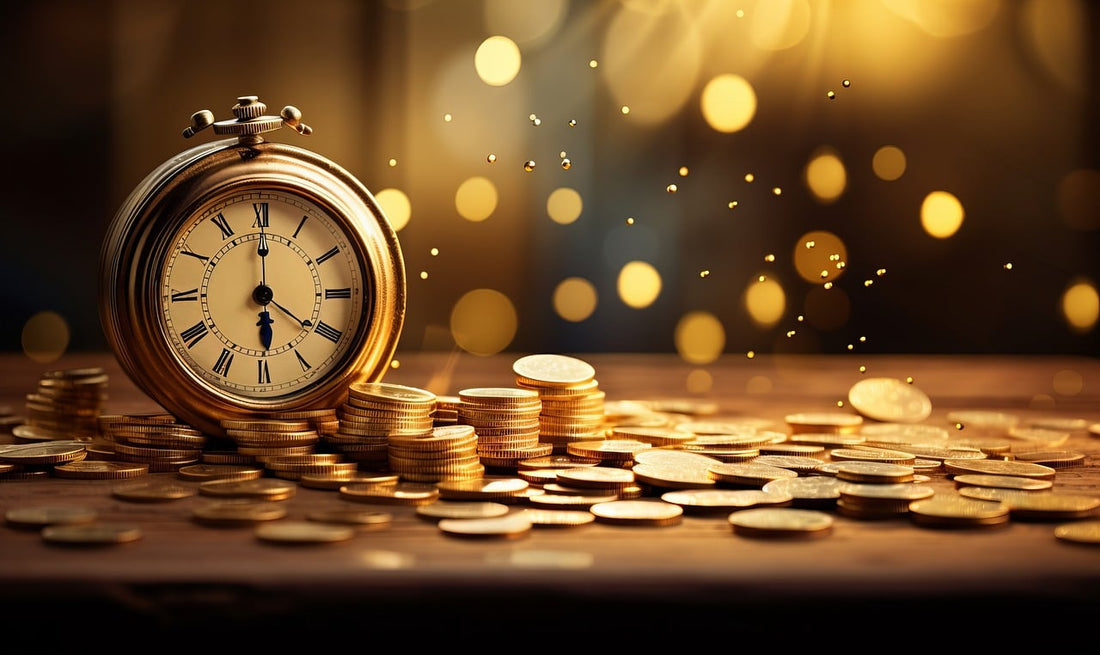Goldbacks and Cultural Heritage: A Fusion of Art and Currency - Discuss how Goldbacks reflect cultural heritage through their design and symbolism.
In a world where digital currencies and contactless payments are becoming the norm, there is still a place for beautifully crafted, tangible money that tells a story. The Goldback is a fascinating example of this—a currency that is not only a medium of exchange but also a work of art steeped in cultural symbolism. Combining precious metals with intricate designs that reflect regional and historical heritage, Goldbacks are a unique way to honor history, culture, and craftsmanship.
What Are Goldbacks?
Goldbacks are a type of local currency made from thin layers of gold embedded within polymer notes, offering a new way to use gold as everyday currency. Unlike standard gold coins or bullion, Goldbacks are designed to be spent in small denominations, making them accessible for regular transactions. Though currently used in states like Utah, Nevada, New Hampshire, and Wyoming, their appeal goes beyond their utility. Each note is a miniature masterpiece, featuring stunning imagery that reflects the cultural heritage of the region it represents.
Cultural Heritage Embedded in Every Design
What makes Goldbacks truly special is the meticulous attention to the cultural and historical details featured on each note. Each state's series of Goldbacks draws from its unique history, natural beauty, and symbolism, showcasing the region's essence through allegorical and historical figures, landscapes, and motifs.
For example, the Utah Goldback series highlights the state’s pioneer and frontier spirit. The designs incorporate figures like Lady Virtus, representing courage and resilience, and classical elements such as beehives, a well-known symbol of Utah’s industriousness. The Nevada Goldbacks, on the other hand, often reference the state’s rich mining history and its connection to the untamed wilderness of the American West.
This art is not just decorative; it carries deep meaning. Each figure or symbol is chosen to reflect values, stories, or ideals that are central to the region’s identity. Goldbacks function as a bridge between the present and the past, using currency as a medium to communicate cultural heritage in a modern context.
Allegory and Symbolism: More Than Just Aesthetic
At first glance, Goldbacks appear as simply ornate currency notes, but a deeper look reveals layers of allegory and symbolism. Each Goldback note features allegorical figures, typically female, representing virtues such as liberty, fortitude, and charity. These virtues reflect core values that resonate with American cultural and civic ideals.
In the Utah series, for instance, the imagery is tied to both classical allegories and pioneer history. The figure of Prudence, shown holding scales and an open book, embodies wisdom and justice, reflecting the value of measured decision-making—traits essential to both governance and pioneer survival. In Nevada's Goldbacks, the figure of Lady Justice is often accompanied by symbols of natural abundance and the rugged spirit of independence. These elements combine to create a visual narrative that reflects the values of the people who have shaped these regions.
A Connection Between Art, Currency, and Identity
Throughout history, currency has always been more than just a tool for trade; it is also a statement of identity. Ancient coins often depicted rulers, gods, or important cultural symbols to emphasize power and convey messages. The Goldbacks continue this tradition, showcasing local values and honoring the heritage of each state they represent.
In addition to celebrating cultural heritage, the Goldbacks’ artwork serves as a reminder of the intrinsic value of both gold and the cultural narratives that shape a community. In this sense, Goldbacks are a form of storytelling—one that is told not through words but through art, allegory, and craftsmanship. Holding a Goldback in your hand feels like a connection to something larger than just commerce. It’s a tangible link to history, shared values, and the spirit of the region.
A Currency with a Message
In an age where currencies are often invisible, existing only as numbers on a screen, Goldbacks stand out as something tangible and real—rooted in both value and meaning. They represent a deliberate choice to blend artistry and economic utility with a reverence for cultural heritage. Each Goldback invites us to explore history, reflect on shared ideals, and appreciate the beauty of craftsmanship in currency.
As more states consider adopting Goldbacks, the potential for this currency to serve as a living canvas for local cultures grows. Imagine a future where every state, or even city, has its own beautifully crafted notes that reflect its history, values, and cultural legacy. In this way, Goldbacks are not just a form of currency but a celebration of identity, a tribute to the past, and a statement of values for the future.
Conclusion
Goldbacks are more than just a new type of currency; they are a fusion of art, history, and financial innovation. By embedding cultural heritage into their designs, they serve as a daily reminder of the stories and values that define a place and its people. In each Goldback note, we see not just a medium of exchange but a rich tapestry of symbolism, tradition, and craftsmanship—a true fusion of art and currency. Whether you see them as a collectible, a practical form of currency, or a statement of regional pride, Goldbacks embody the timeless connection between art and culture, offering a fresh take on how we can honor our heritage through the very money we use.

